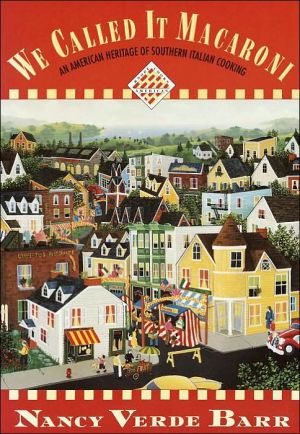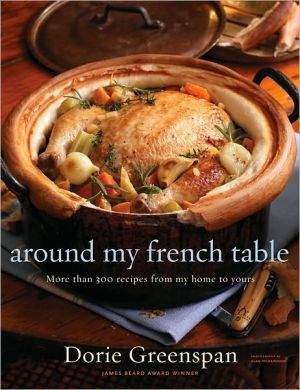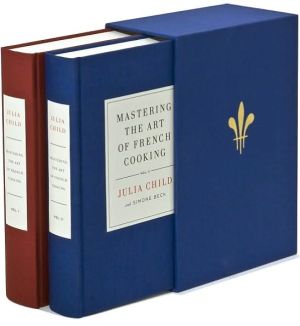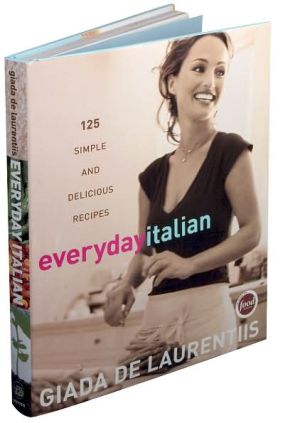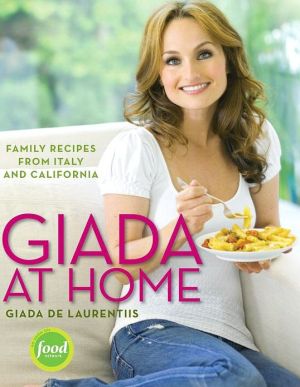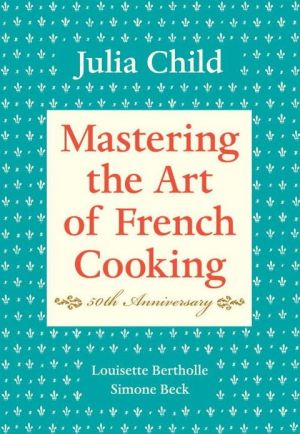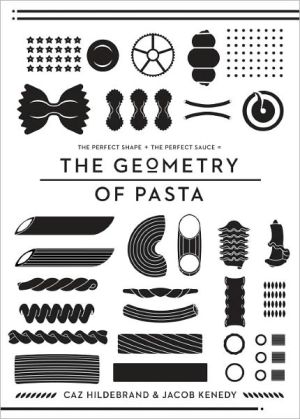We Called It Macaroni: An American Heritage of Southern Italian Cooking
These 250 superb Southern Italian recipes, some old, some rediscovered, are all liberally spiced with reflections on the author's own Italian background and with wonderful food memories of immigrants from Naples to Sicily who settled in the Northeast. Photographs.
Search in google:
These 250 superb Southern Italian recipes, some old, some rediscovered, are all liberally spiced with reflections on the author's own Italian background and with wonderful food memories of immigrants from Naples to Sicily who settled in the Northeast. Photographs. Publishers Weekly Newcomer Barr's contribution to the Knopf Cooks American series dishes up 250 bravura recipes but oversauces them in nostalgia. Refreshingly nondoctrinaire, Barr argues for the ``American'' identity of the cuisine developed by waves of immigrants from Southern Italy, whose novel relative prosperity allowed them to refurbish traditional recipes with previously luxurious ingredients (``Poor families in Sicily might see the butcher only twice a year,'' she reminds us). Her recipes, all standouts, all lucidly explained, include a Calabrian eggplant salad seasoned with fresh mint; a parsley pizza; ``eggs in purgatory'' (``not so bad, that is, so hot, as being `allastet diavolo' ''); and a paprika sauce for pasta that demonstrates the synthesis of New World flavors. There are also obligatory ragus, meat rolls, lasagnas. Her frequent and repetitious interpolations of ``food memories'' from a cast of Italo-Americans distract, nonetheless, from the excellence of Barr's work; they skirt history and settle, mostly, for sentiment. Illustrations not seen by PW. BOMC/HomeStyle alternate. (Nov.)
\ Publishers Weekly\ - Publisher's Weekly\ Newcomer Barr's contribution to the Knopf Cooks American series dishes up 250 bravura recipes but oversauces them in nostalgia. Refreshingly nondoctrinaire, Barr argues for the ``American'' identity of the cuisine developed by waves of immigrants from Southern Italy, whose novel relative prosperity allowed them to refurbish traditional recipes with previously luxurious ingredients (``Poor families in Sicily might see the butcher only twice a year,'' she reminds us). Her recipes, all standouts, all lucidly explained, include a Calabrian eggplant salad seasoned with fresh mint; a parsley pizza; ``eggs in purgatory'' (``not so bad, that is, so hot, as being `allastet diavolo' ''); and a paprika sauce for pasta that demonstrates the synthesis of New World flavors. There are also obligatory ragus, meat rolls, lasagnas. Her frequent and repetitious interpolations of ``food memories'' from a cast of Italo-Americans distract, nonetheless, from the excellence of Barr's work; they skirt history and settle, mostly, for sentiment. Illustrations not seen by PW. BOMC/HomeStyle alternate. (Nov.)\ \ \ \ \ Library JournalThe fourth title in this series is from a food writer/teacher who grew up in Providence's Little Italy. Barr is eager to preserve the authentic recipes the Italian immigrants brought with them, as well as the variations they adopted in this country: Linguine with Onions, Chicken with Green Olives. Her recipe headnotes are informative, and there are sidebars on ingredients, cultural history, and techniques. Nostalgic ``memories'' from other Italian-Americans are interspersed throughout. For most collections. HomeStyle Books alternate.\ \
